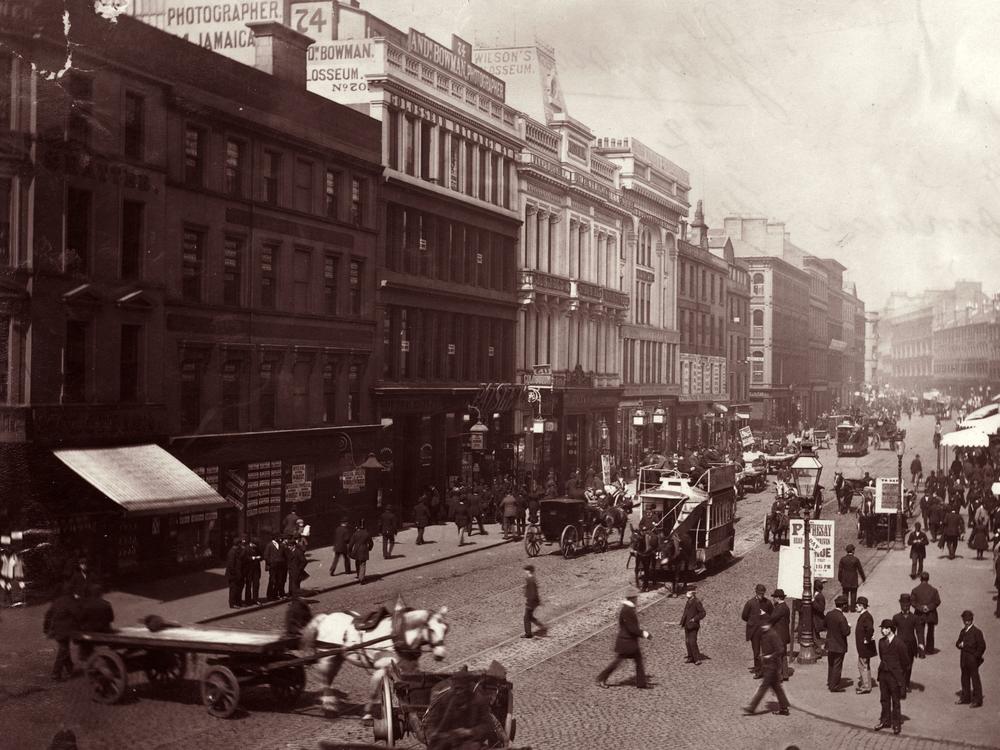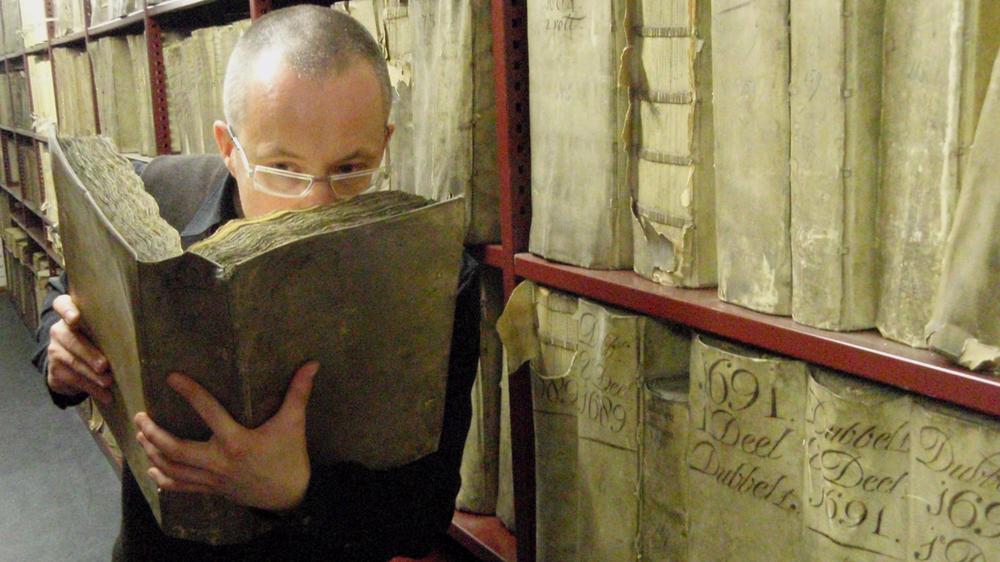Section Branding
Header Content
What's That Smell? Researchers Hope To Recreate Historic Scents From Europe's Past
Primary Content
We know a lot about the Industrial Revolution. What it looked like, its historical significance and details of life during the time.
But what about how it smelled?
A new team of researchers, historians and computer scientists will explore the answer to that question and others like it. Funded by the European Union, the team behind the $3.3 million project called Odeuropa will spend three years identifying and recreating historical smells. It was announced this week and begins in January.
"Smell and scent are really special, because they're essential to our memory," said William Tullett, a historian who studies smell and an Odeuropa researcher. "Smell is one of those things that really does make our lives worth living. It's one of those things that adds enjoyment to our daily lives."
Maybe it's the rich aromas of a late 17th century London coffee house. Or the smell of a burning cigar. Either way, Tullet says, scents contain context for different historical periods and geographic locations.
The team will create an online encyclopedia mapping out European smells, along with narratives of their place in the timeline.
They have a large task. The team of researchers want to catalog European scents from the 16th century into the early 20th. And they're going to do it with artificial intelligence.
The first step is to train the machine learning software to recognize references of scents from historical texts and paintings.
Researchers will feed the computer texts from seven languages and images of paintings to train the machine learning software. That part of the work will take about 18 months, Odeuropa project manager Marieke van Erp said.
By the end, the software will be able to scan thousands of documents and images to identify smell descriptions by itself, she said.
The team will then work with chemists and perfumers to recreate around 120 scents — with the plan to help museums integrate them into exhibits to create an immersive step into history.
"If there's one thing that I hope will come out of this project, it's that the people that we interact with will go away thinking, what are the smells around me every day?" Tullet said. "How can I train my nose a bit better and engage with the smells around me?"
During the Bubonic plague, you might have smelled burning tar or rosemary, which was believed to ward off the disease. As the world faces another global pandemic, our smell-scapes are being changed again, he said.
Scent is precious, and that's even more apparent during the pandemic, he said. One of the symptoms of the coronavirus can be a loss of smell. Once it's gone, many people realize how important it is, he said.
Other projects concerning historic scents have noted "gross" smells, Tullet said. But he wants to show the beauty as well.
"Our approach on this project is to try and get people to take smell seriously — to see what a powerful sense is and how important it is to people's daily lives," Tullet said. "And to try and get people to kind of comprehend the fact that the past is not just the place that smells horrible."
He added: "We're trying to get people to understand both the foul and the fragrant aspects of the past."
Copyright 2020 NPR. To see more, visit https://www.npr.org.


